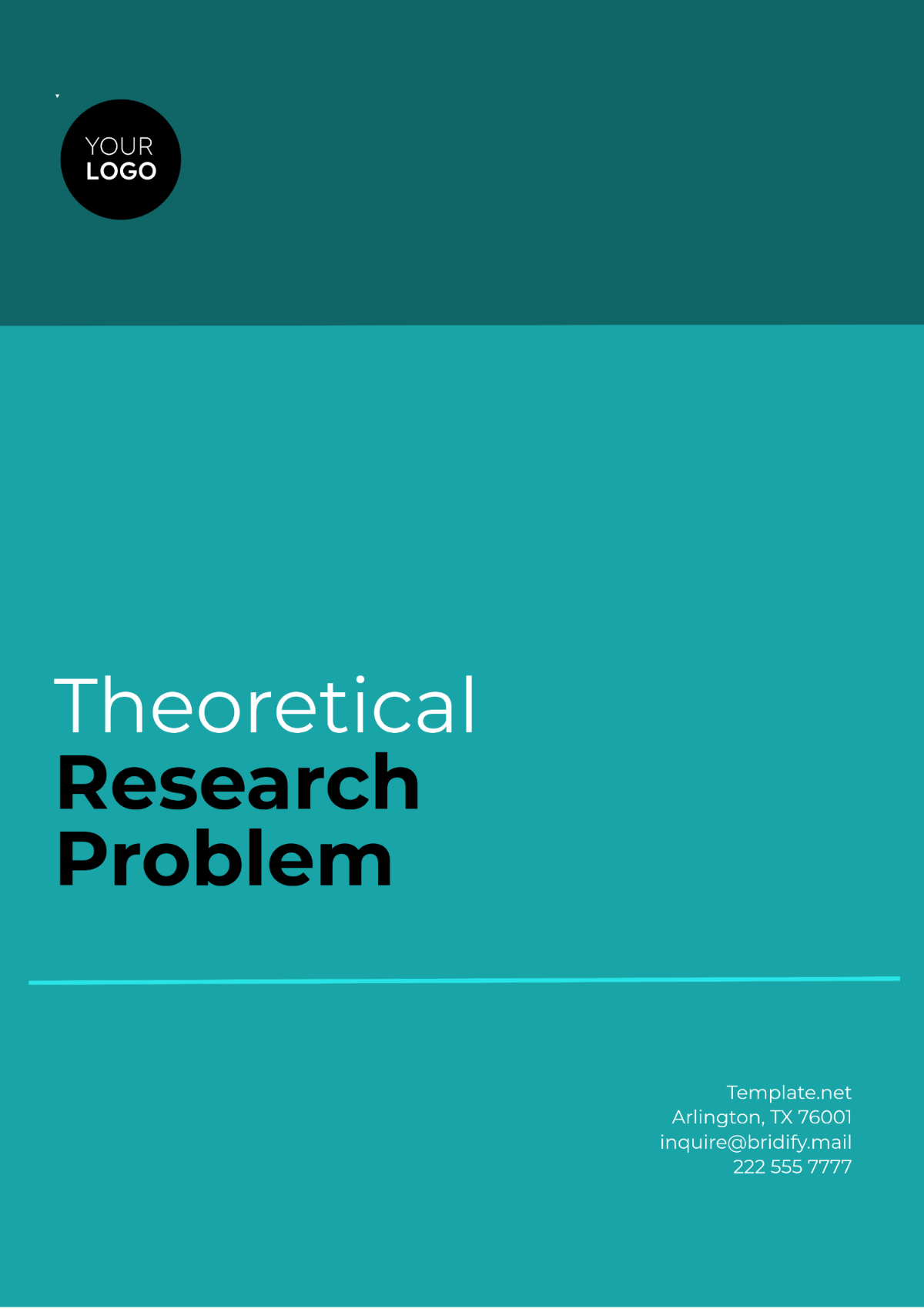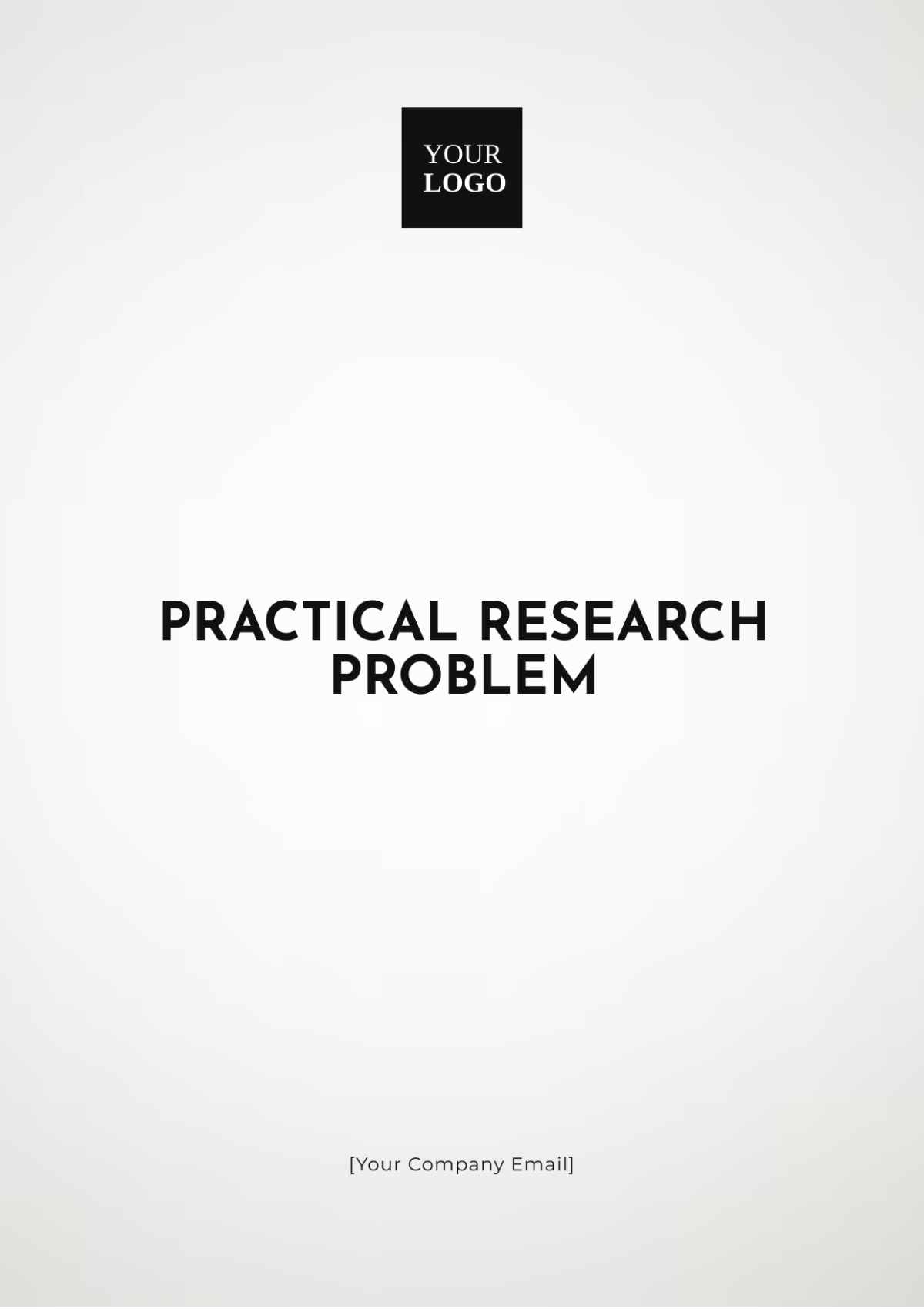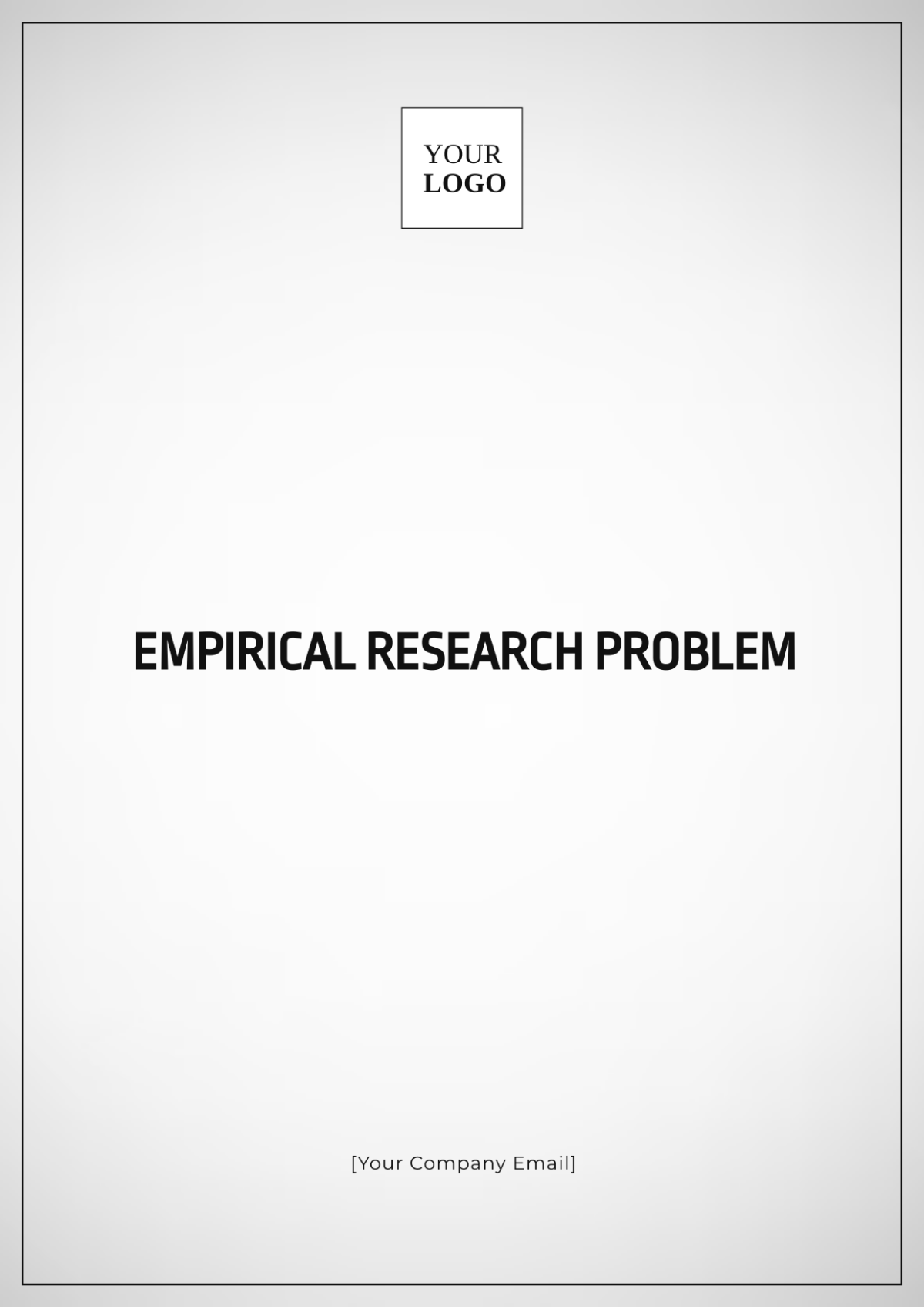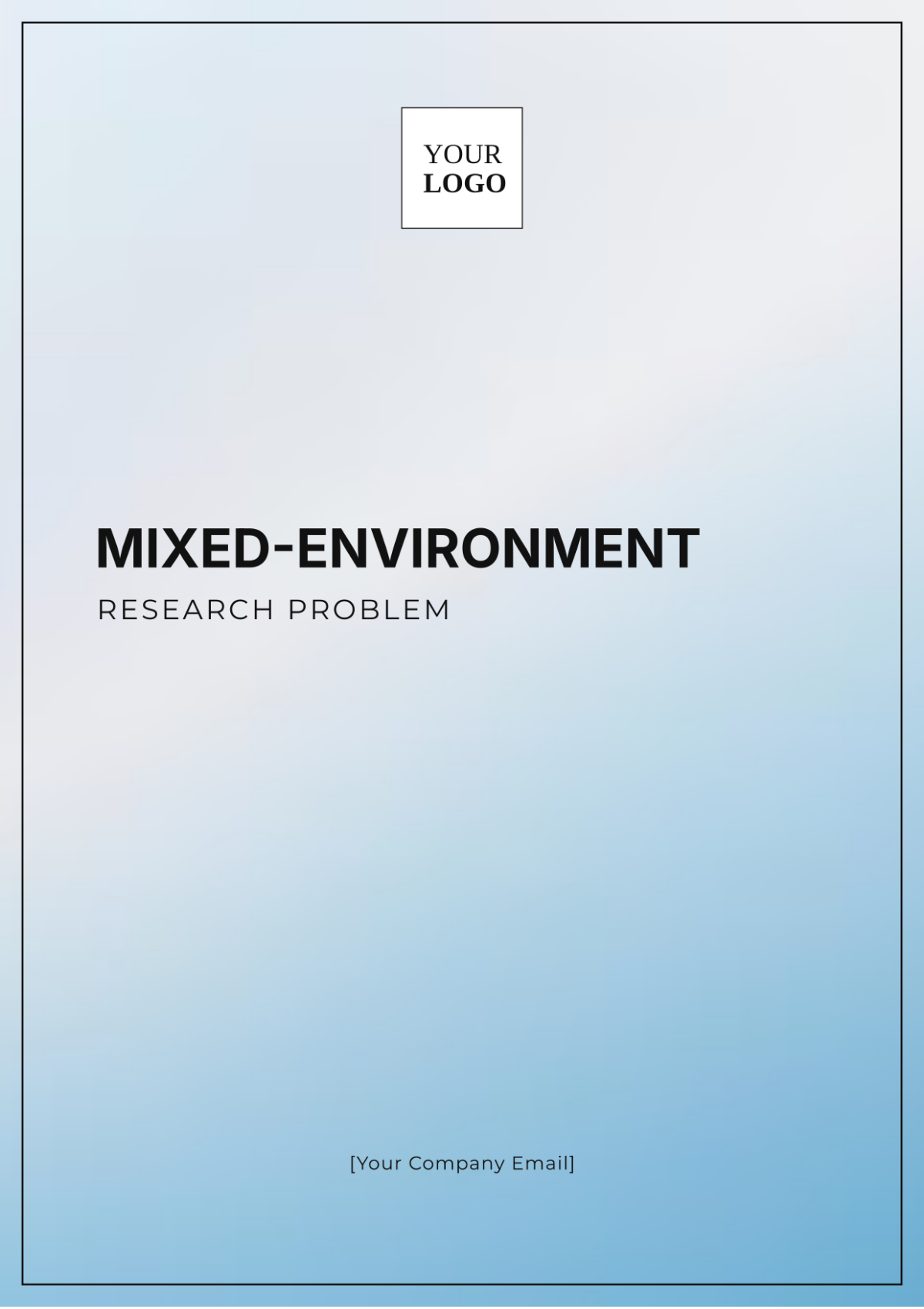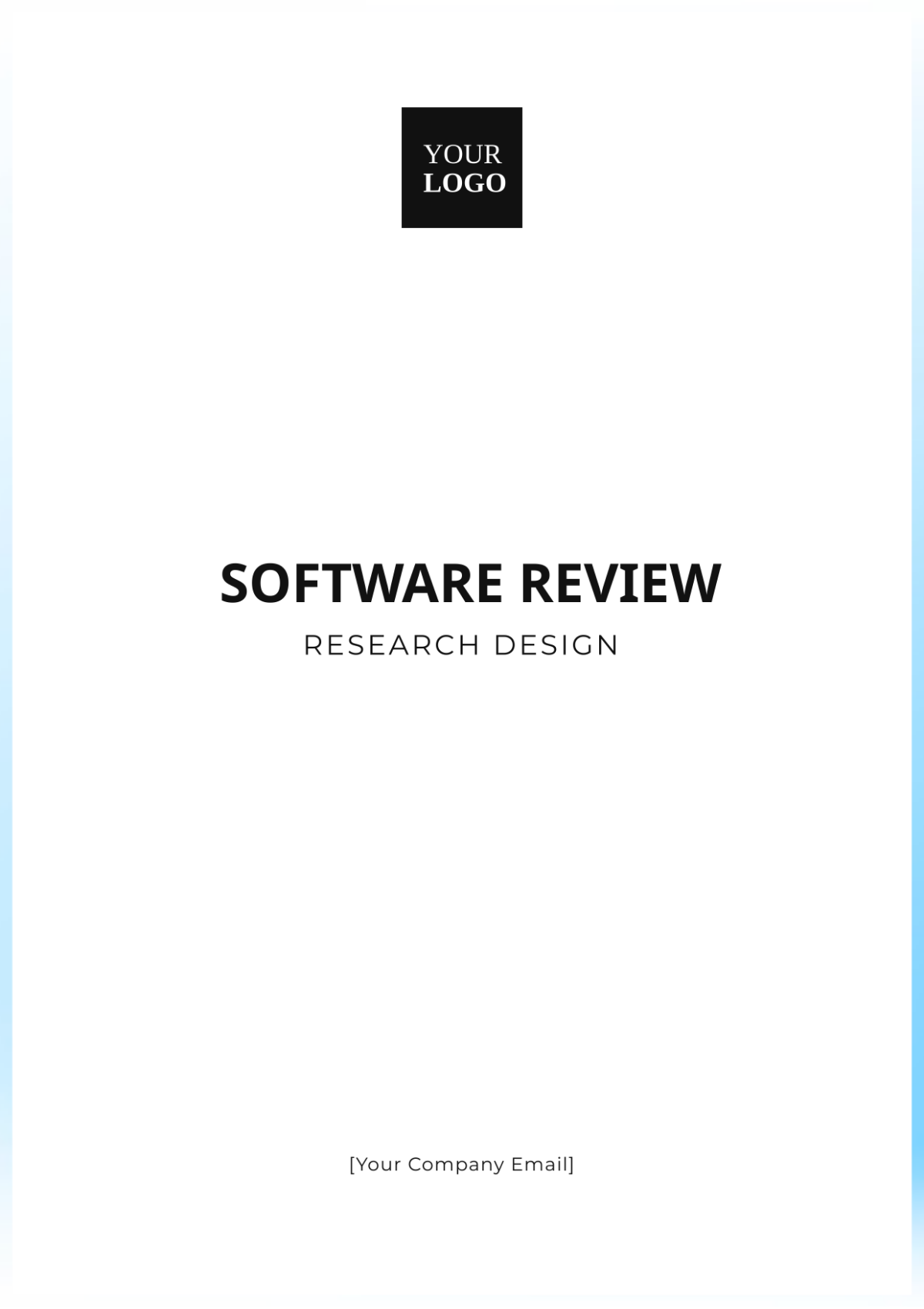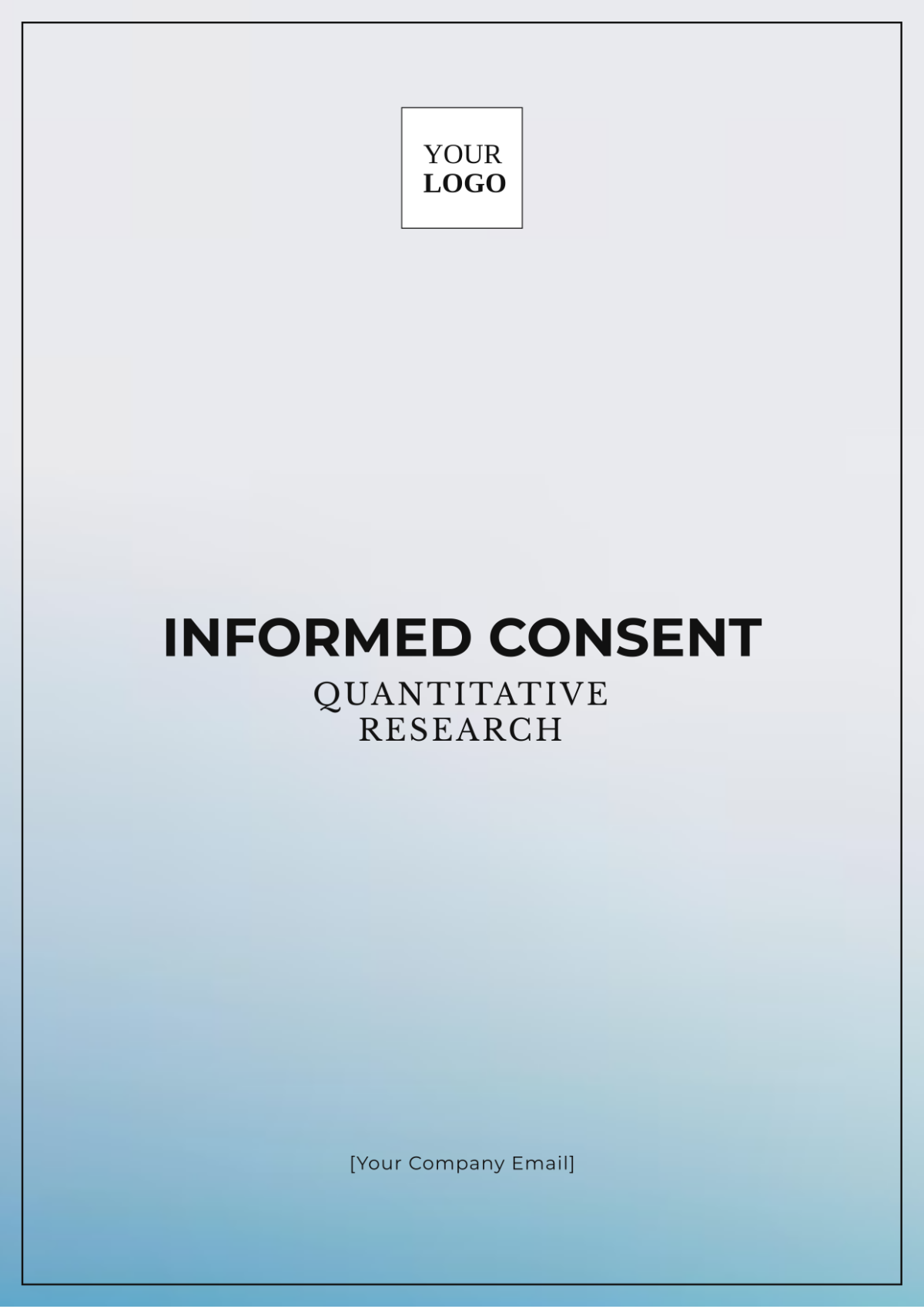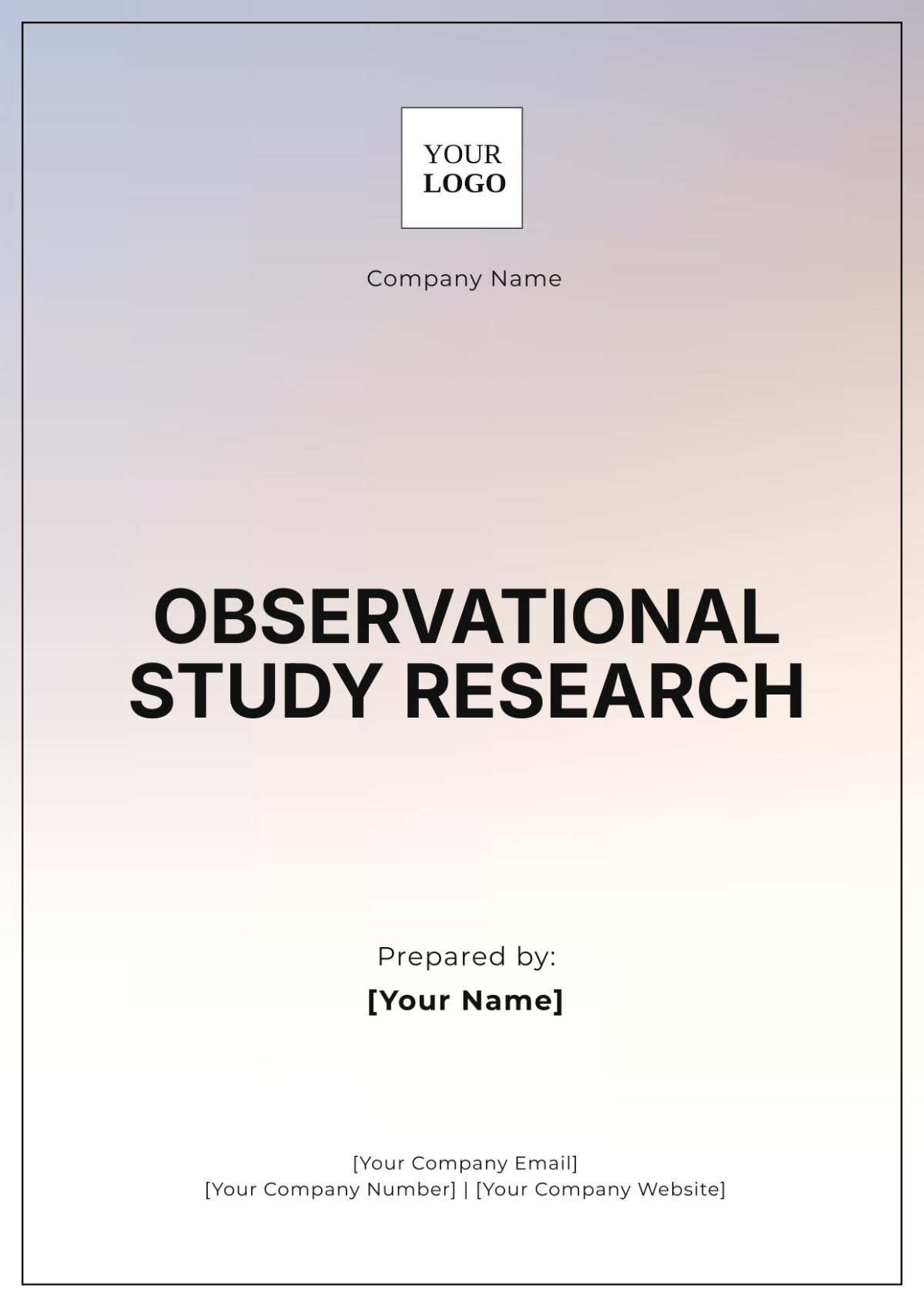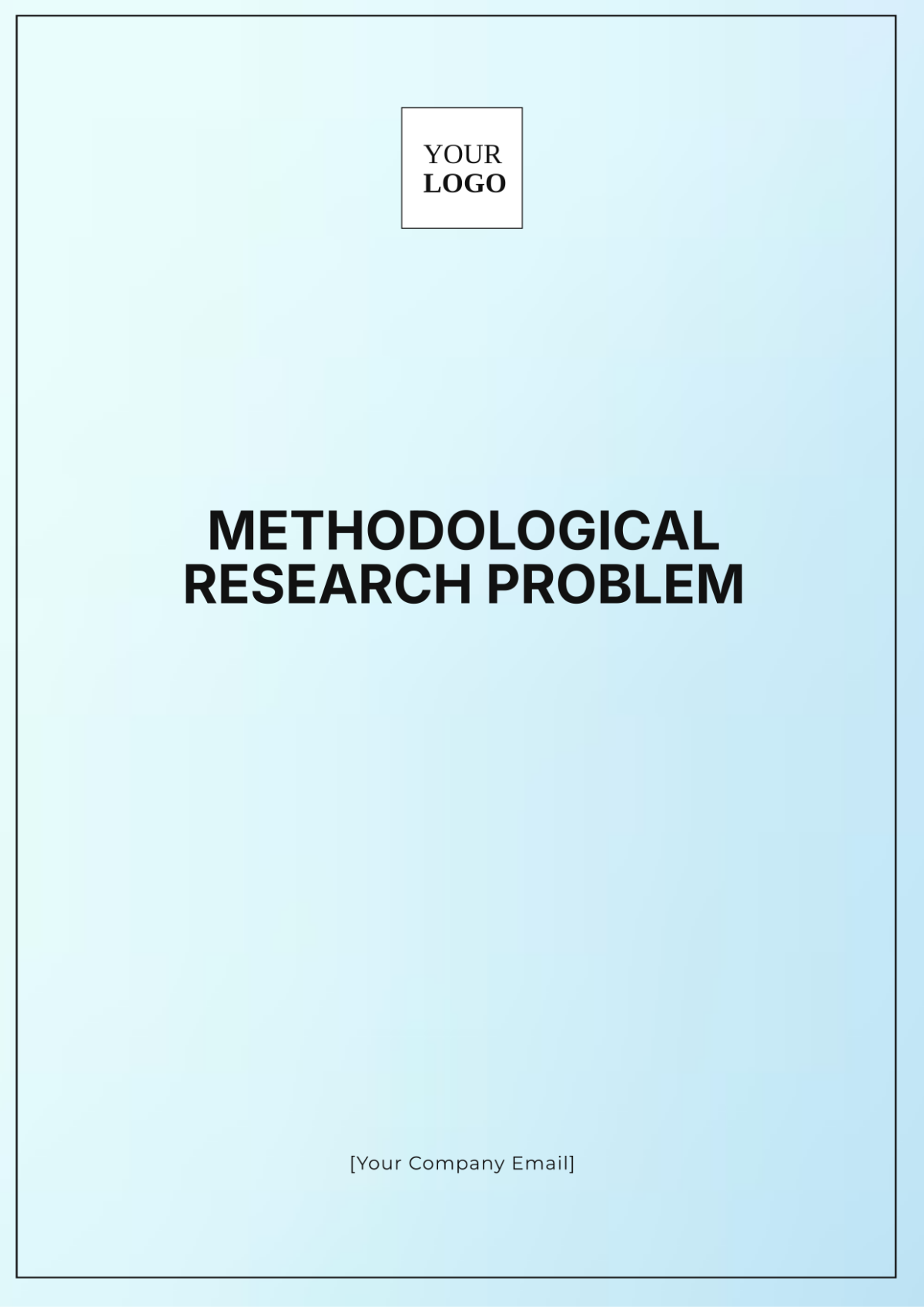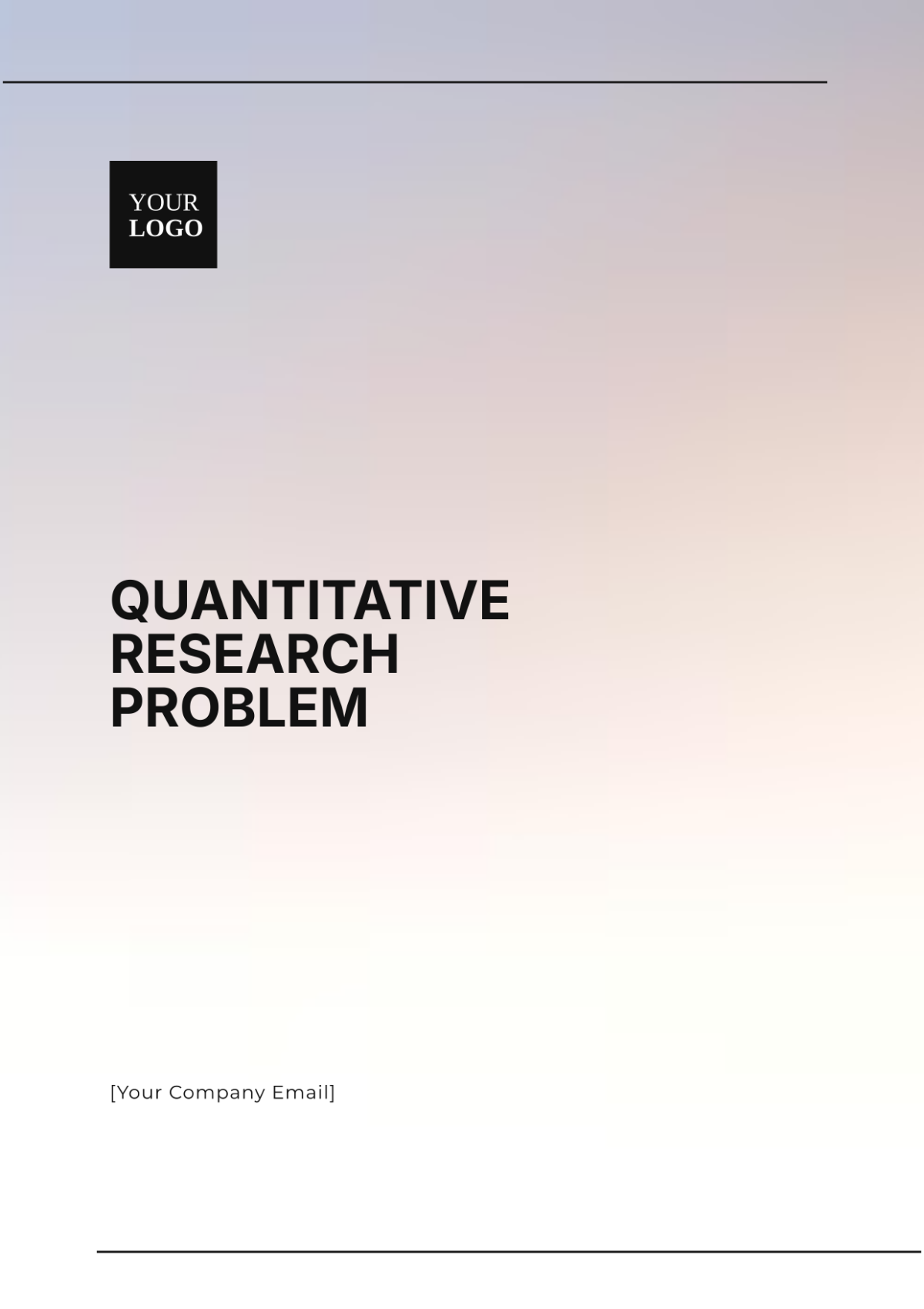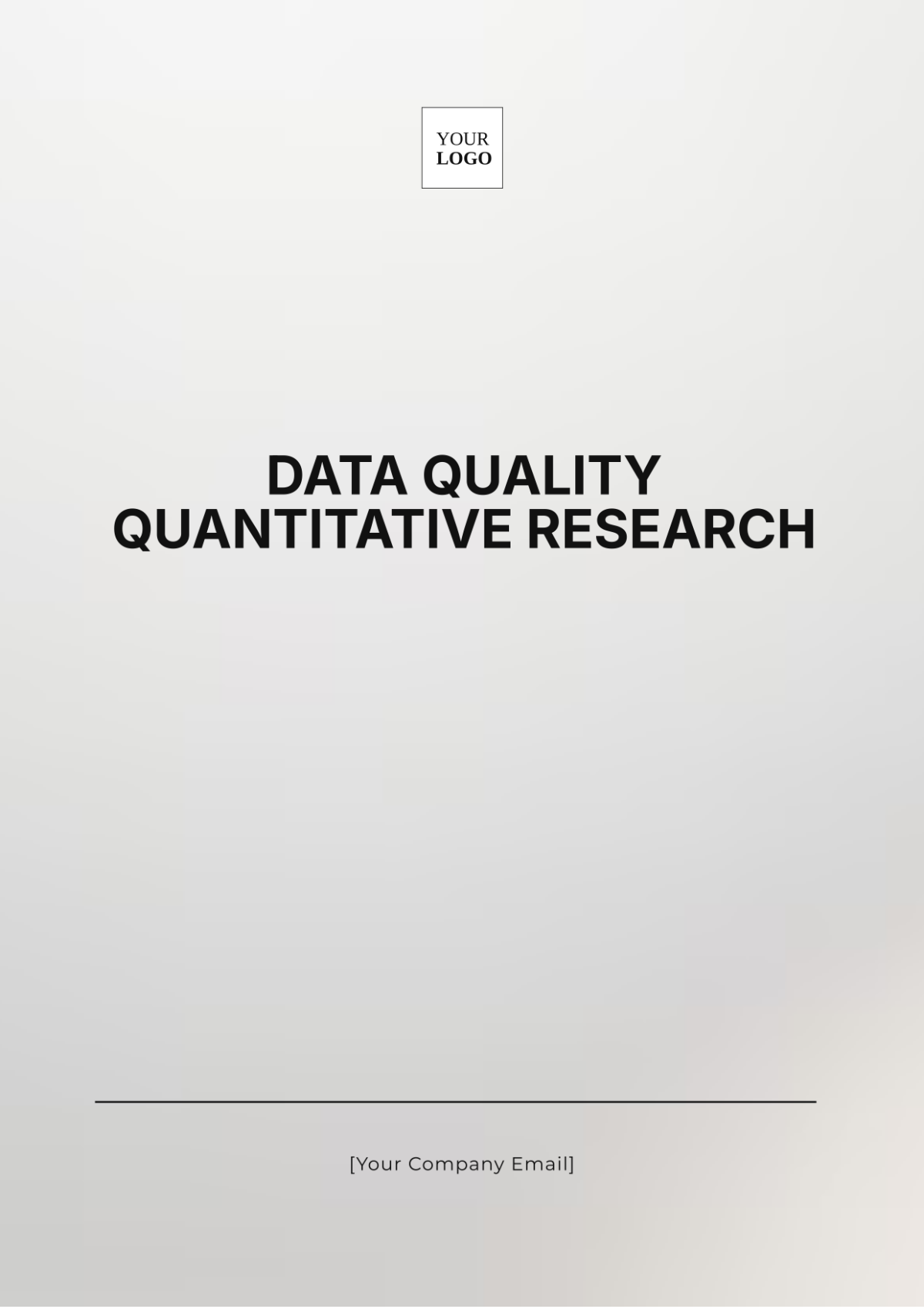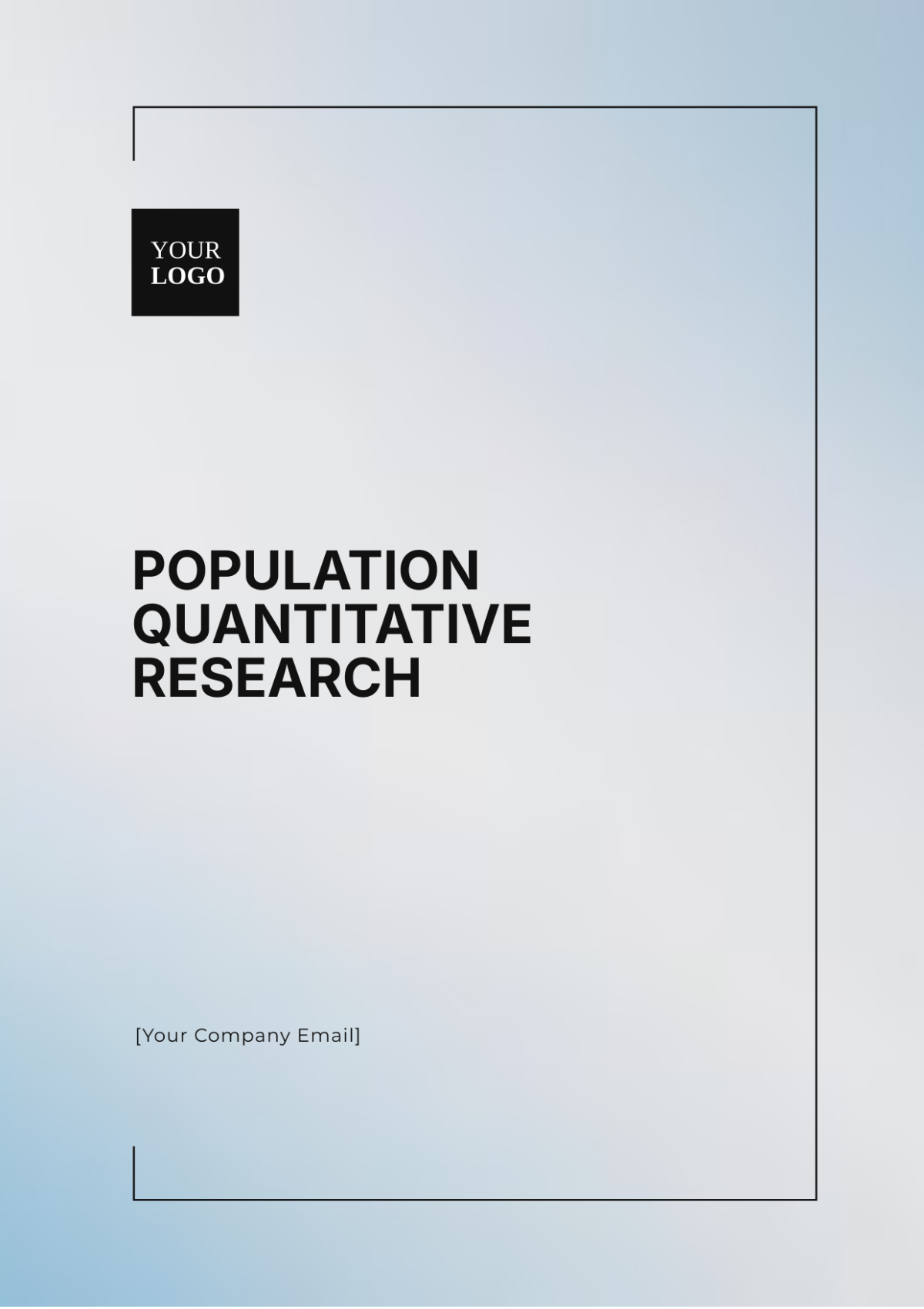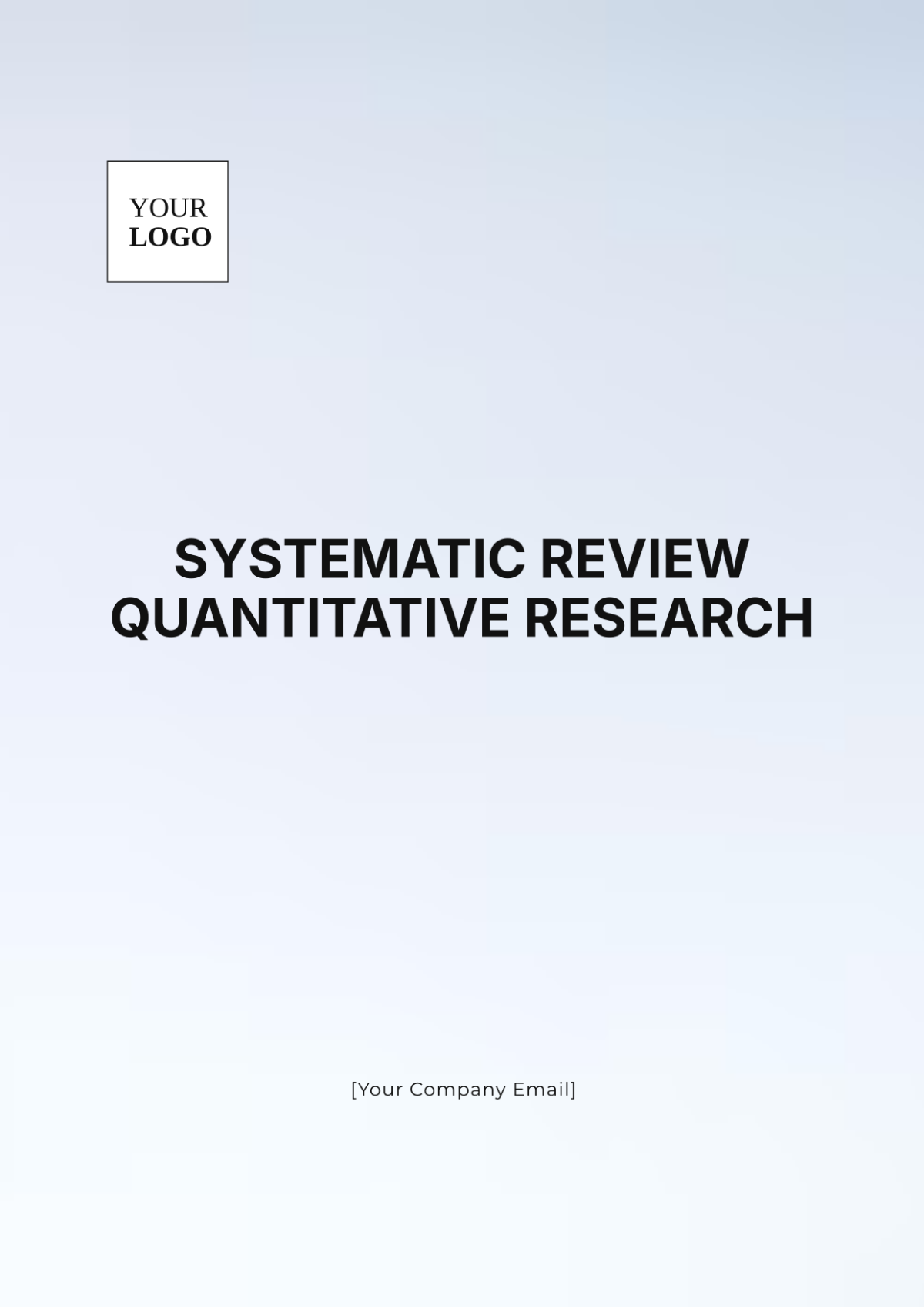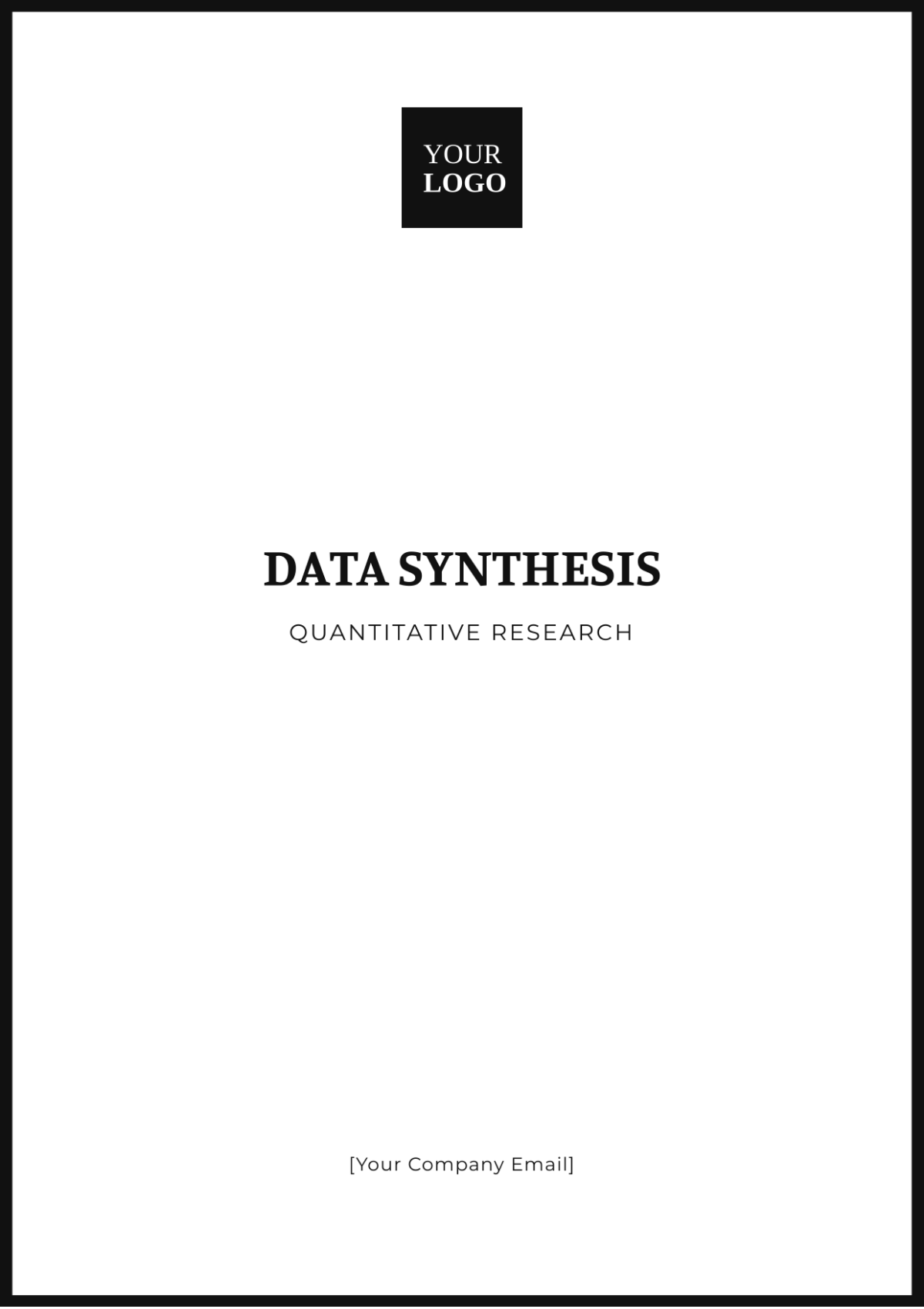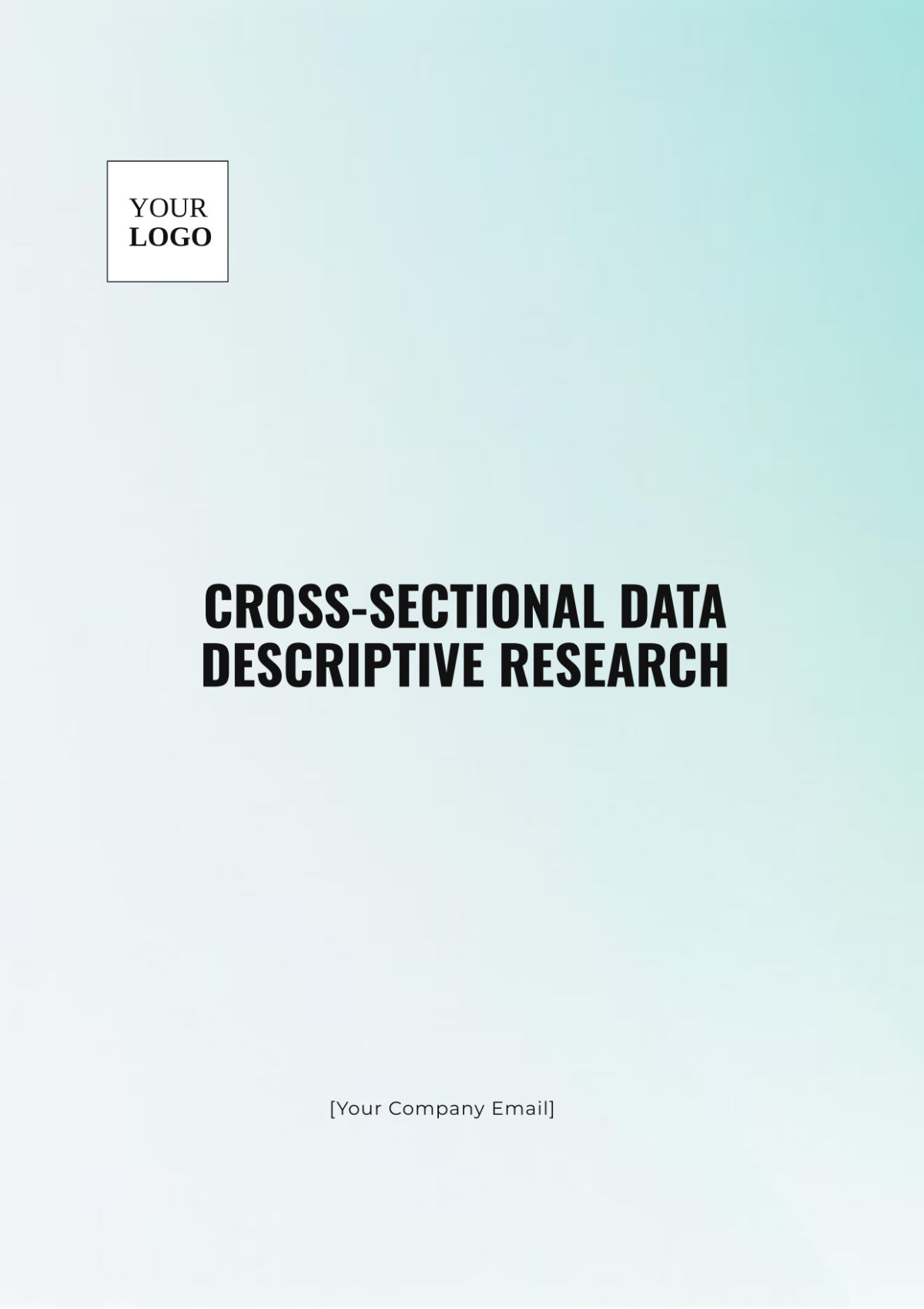Thematic Matrix Quantitative Research
Introduction
This research investigates the impact of remote work on employee productivity, aiming to determine if remote work leads to higher productivity levels compared to traditional office-based work. The study also examines whether the productivity impact of remote work varies across different industries and job roles. Understanding these dynamics can inform organizational policies and support decision-making regarding remote work arrangements.
Research Design
The study uses a cross-sectional survey design to capture a snapshot of employee productivity and work arrangements across various sectors.
Methodology
A comprehensive online questionnaire was developed to measure key variables related to productivity, job satisfaction, and work conditions. The questionnaire consisted of validated scales and custom questions designed to assess:
Productivity Metrics: Self-reported productivity levels, task completion rates, and perceived effectiveness.
Job Satisfaction: Levels of job satisfaction and perceived work-life balance.
Work Conditions: Details of work environment, including remote versus office settings.
Sampling
The sample comprises 500 employees randomly selected from a diverse range of industries, including technology, finance, healthcare, and education. To ensure representativeness, the sample includes an equal number of remote and office-based workers within each industry. Participants were selected using stratified random sampling techniques.
Data Collection
Data were collected using an online survey distributed through email. The survey was accessible via a secure link and completed anonymously. The data collection period spanned four weeks, allowing for a comprehensive and balanced response rate.
Data Analysis
Quantitative data analysis was conducted to assess the relationship between remote work and productivity.
Statistical Techniques
Descriptive Statistics: Means, standard deviations, and frequency distributions were calculated to summarize productivity levels and other variables.
Independent Samples T-test: Used to compare mean productivity scores between remote and office-based workers.
One-Way ANOVA: Employed to examine differences in productivity across various industries.
Post-hoc Tests: Conducted to identify specific industry differences where significant variations were found.
Data Interpretation
The analysis aimed to elucidate whether remote work enhances productivity and how this effect varies across different industries and job roles. Statistical significance was determined using a p-value threshold of < 0.05.
Results
Descriptive Statistics
Remote Workers: Average productivity score = 85 (SD = 10)
Office Workers: Average productivity score = 78 (SD = 12)
Inferential Statistics
T-test Results: There was a statistically significant difference in productivity scores between remote and office-based workers (t(498) = 3.25, p < 0.01). Remote workers reported higher productivity.
ANOVA Results: Significant differences in productivity across industries (F(3, 496) = 5.67, p < 0.01). Post-hoc analysis revealed that employees in the technology sector exhibited the highest productivity gains (p < 0.05 compared to the finance, healthcare, and education sectors).
Discussion
Implications
The results indicate that remote work is associated with higher productivity levels compared to traditional office work. This effect is particularly pronounced in the technology sector, suggesting that industries with high flexibility and task autonomy benefit most from remote arrangements. Organizations should consider these findings when designing remote work policies to optimize productivity and employee satisfaction.
Limitations
The study’s cross-sectional nature limits the ability to assess the long-term effects of remote work on productivity. Additionally, self-reported measures may introduce response bias, as participants’ perceptions of their productivity may not always align with objective performance metrics.
Future Research
Future research should explore longitudinal data to understand the long-term impact of remote work on productivity. Additionally, qualitative studies could provide deeper insights into factors influencing productivity in remote versus office settings, such as organizational culture and individual work habits.
Conclusion
This research supports the hypothesis that remote work enhances employee productivity compared to office-based work, with significant variations observed across different industries. The technology sector shows the most considerable productivity improvements, underscoring the need for tailored remote work strategies.
References
Insert references here according to the appropriate citation style.





